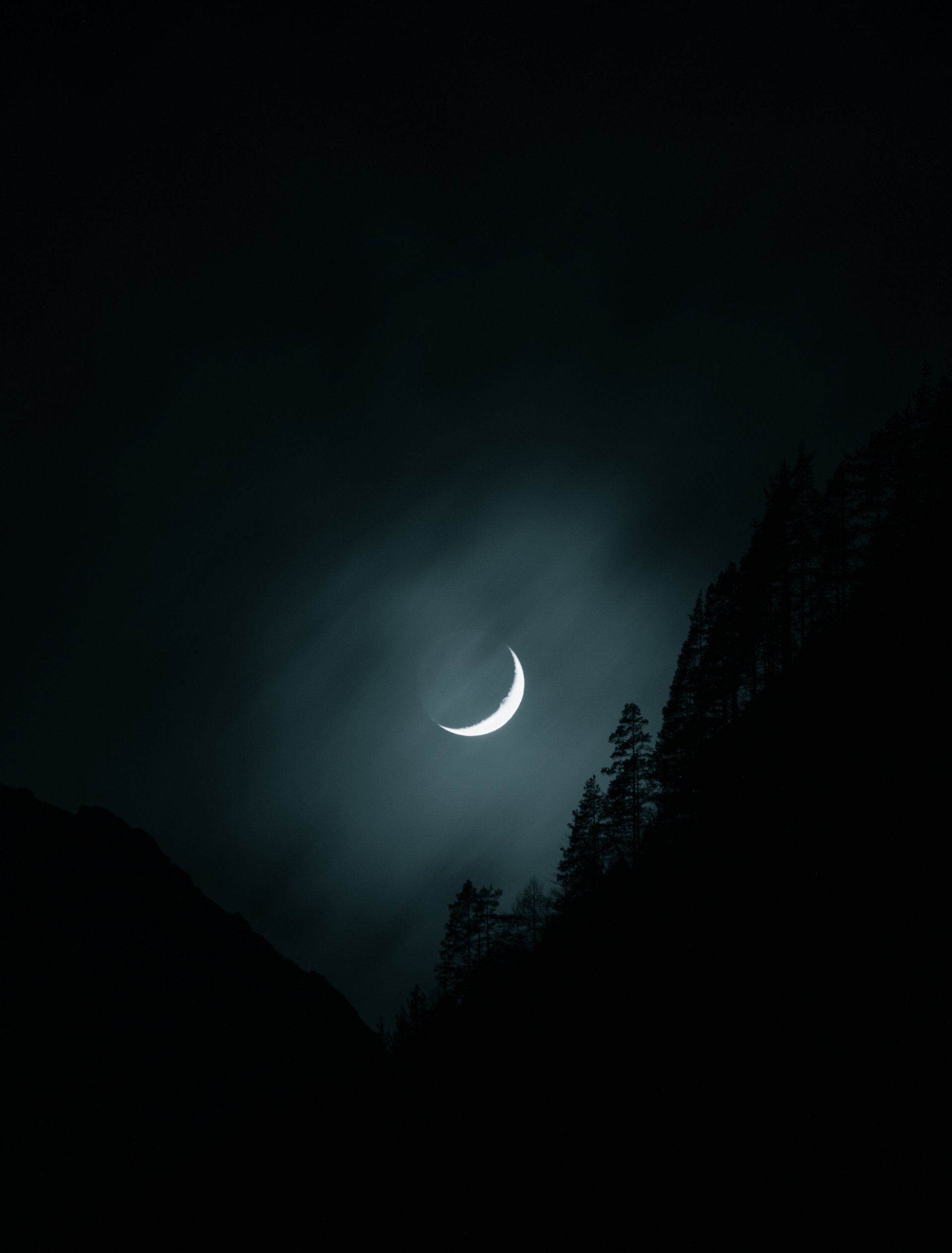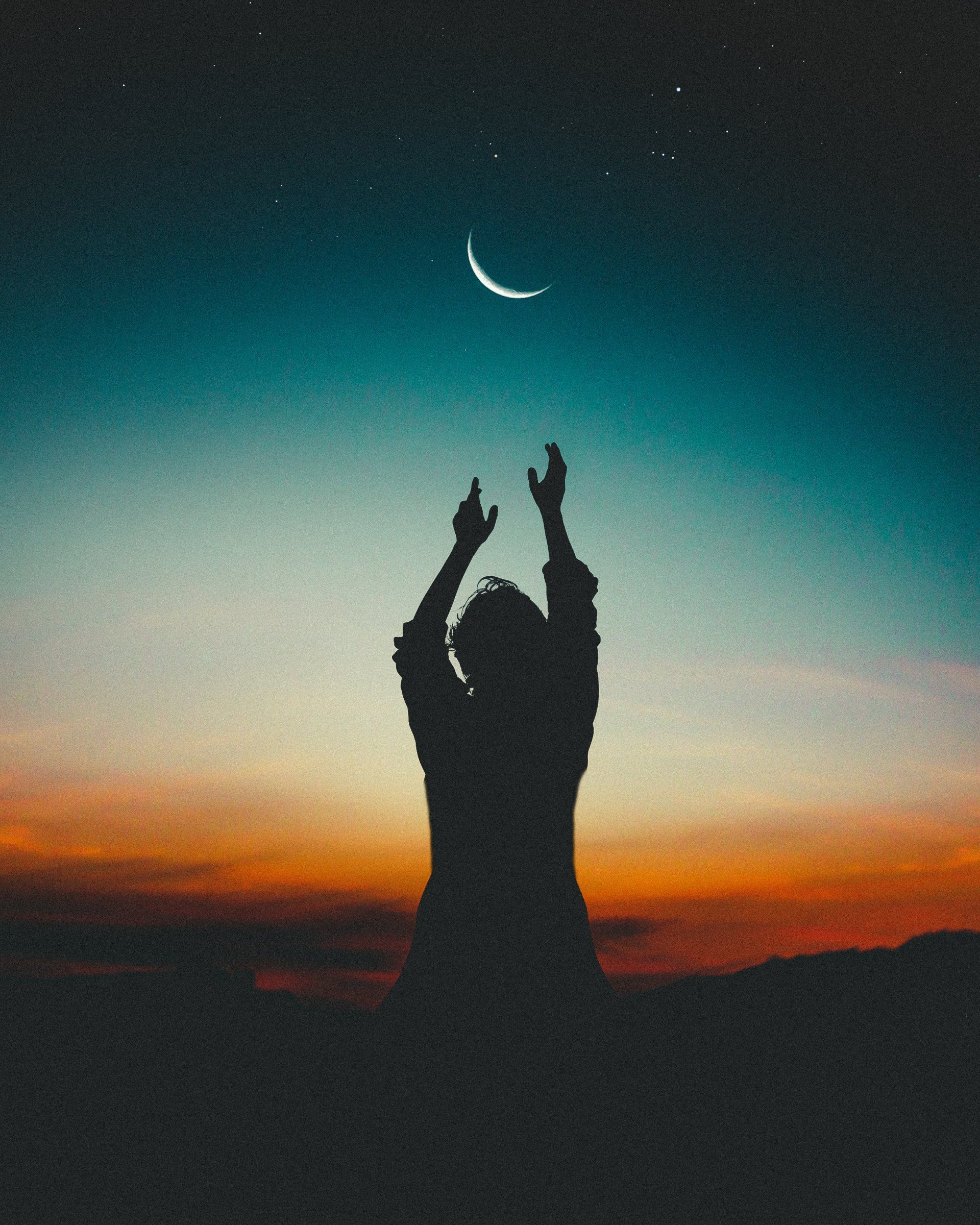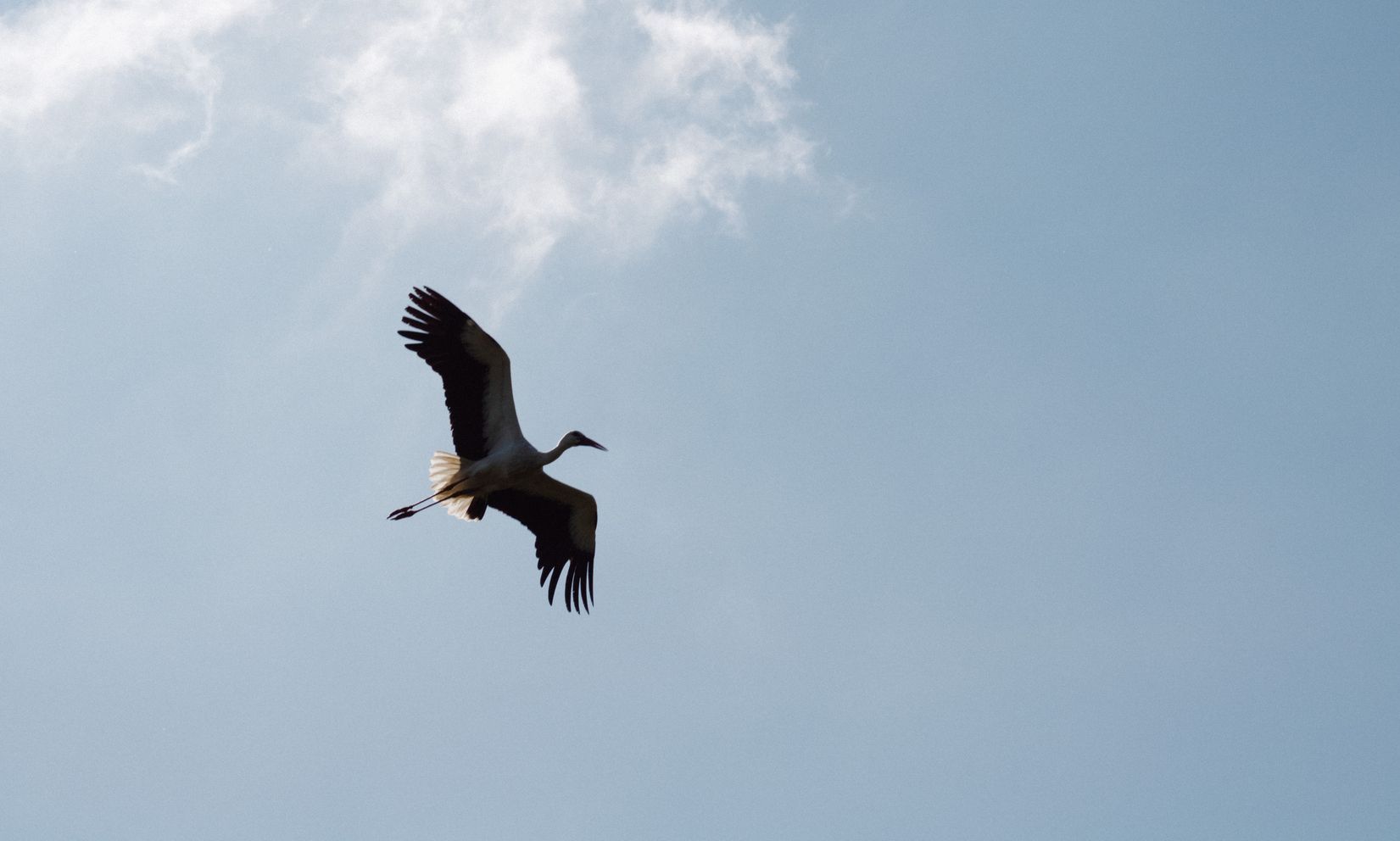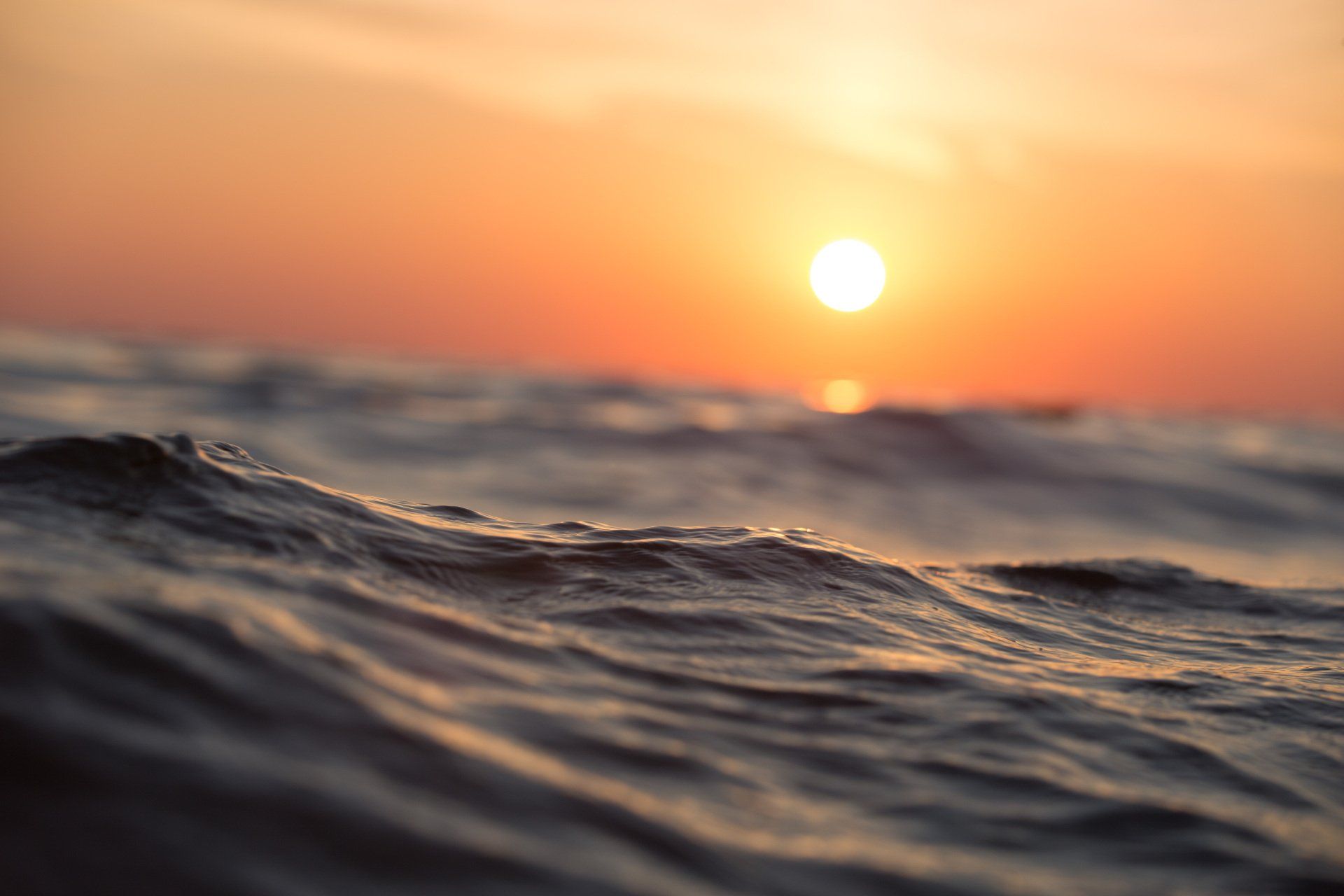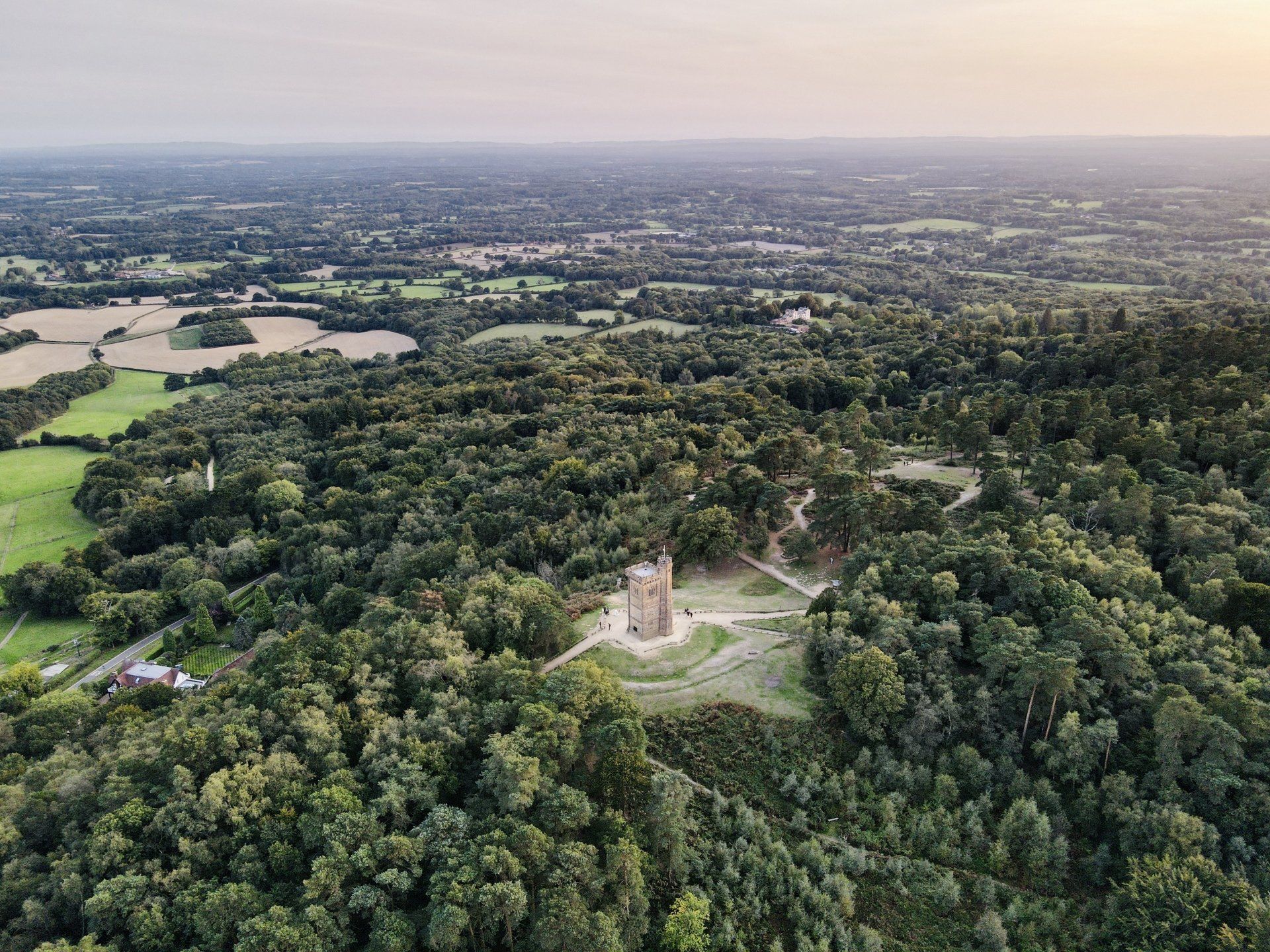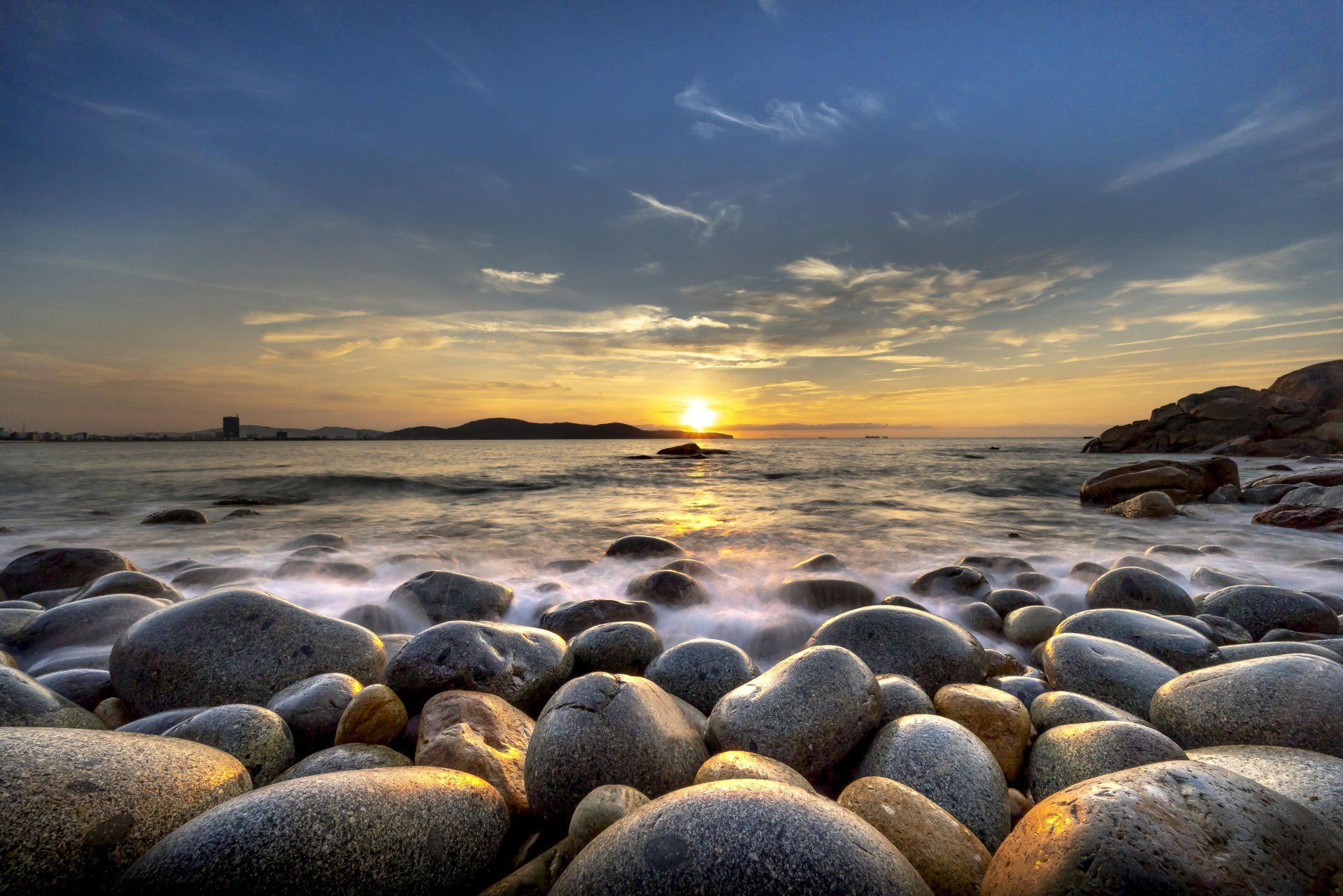The Moon's extraordinary influence on life on Earth
Post #3 of our Climate & Nature Horror Stories
"If the moon show a silver shield,
Be not afraid to reap your field;
But if she rises haloed round,
Soon we’ll tread on deluged ground"
- Anon.
Throughout human history, the Moon has been a source of fascination and fear, associated with lunacy, fertility and violent behaviour. Providing a backdrop to howling werewolves and ET on a flying two-wheeler, that giant milky orb has played an important role in our cultural histories. But while there is little evidence to back up historic suspicions, the Moon’s influence on earth is undeniably intrinsic to our existence.
Most people know that the Moon is the reason we have tides. The Moon orbits the Earth, creating a gravitational pull that causes our planet to bulge slightly on both the side closest to, and furthest away from, the Moon. This bulge forces our oceans to rise as the Moon passes by, and subsequently fall, approximately every 12 hours and 25 minutes. The biggest tidal difference in the world is in the Bay of Fundy in Canada, where it can be as much as 16.3 metres.
The Moon’s other important role is stabilising the Earth. The Earth’s axis is tilted to 23.4° in our orbit around the sun, but there is a slight (very slow) wobble. The best analogy I’ve read to explain this is it’s like a spinning top’s tip making a slow circle as the toy spins rapidly around. The wobble takes about 26,000 years to go full circle and only tips by about 2.4°. But this is mainly thanks to the Moon keeping us on the straight and narrow. Without it, the Earth’s wobble would grow more pronounced, meaning our seasons would become erratic and extreme.
It’s not just the Earth that’s a little shaky, the Moon has its very only wobbly orbit called the lunar nodal cycle. Every 18 years or so, the Moon’s orbit shifts between + and - 5° relative to the Earth’s equator. What does that matter you say? Well, when the Moon’s orbit lines up with the Earth’s equator our tides become more exaggerated. And now NASA are saying that the lunar nodal cycle, when combined with climate change will cause a dramatic increase in the number of high-tide floods during the 2030s.
Benjamin Hamlington, one of NASA’s research scientists believes, “We may see four times the amount of flooding one decade to the next. The lunar nodal cycle affects the locations of Earth and sea levels are going up everywhere. So we’ll see these rapid increases in high-tide floods across the globe.”
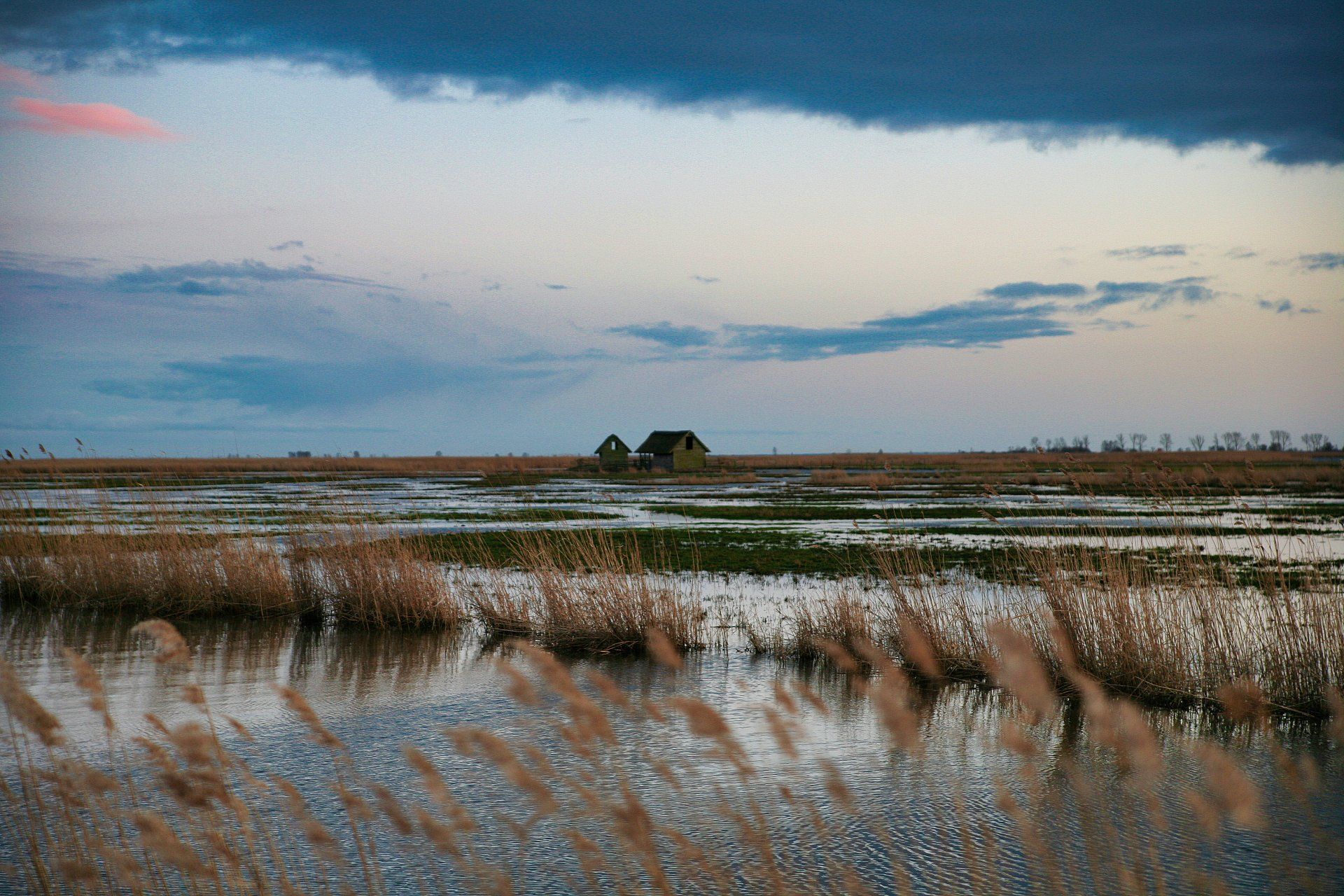
Increased flooding won’t just cause challenges for humans, it can radically alter coastal ecosystems, threatening entire species that rely upon these delicate areas of land meets sea. There are more complex repercussions too, if salt marshes are drowned and freshwater wetlands salinized, it will have untold effects on their ability to store carbon, and destroy swathes of animals and plant life.
The Moon’s influence on our tidal systems also has a consequent impact on the Earth’s weather systems. Tides affect ocean currents and the movement of warm and cool water around the Earth, which in turn dictate our weather – warm ocean currents mean warmer wetter weather and vice versa. There’s a link between the El Niño and La Niña phenomena for example and lunar tidal gravitational forces.
There is also evidence that waxing and waning of the Moon causes slight changes to polar temperatures (the poles are 0.55ºC warmed during a full moon) and that the tidal forces it dictates also cause ice sheets to break up and ocean heat flows to change, altering the amount of ice in the Arctic Ocean.
Chris Wilson, from the National Oceanography Centre states: "These currents and waves may either melt or break up sea ice, due to either the transport and mixing of warmer waters or due to straining motions acting to tear apart the ice into smaller pieces, which are then more susceptible to melting." What will happen when you combine the Moon’s influence in the polar regions with rapidly warming sea temperatures due to climate change is something we’re going to witness in the coming decades.
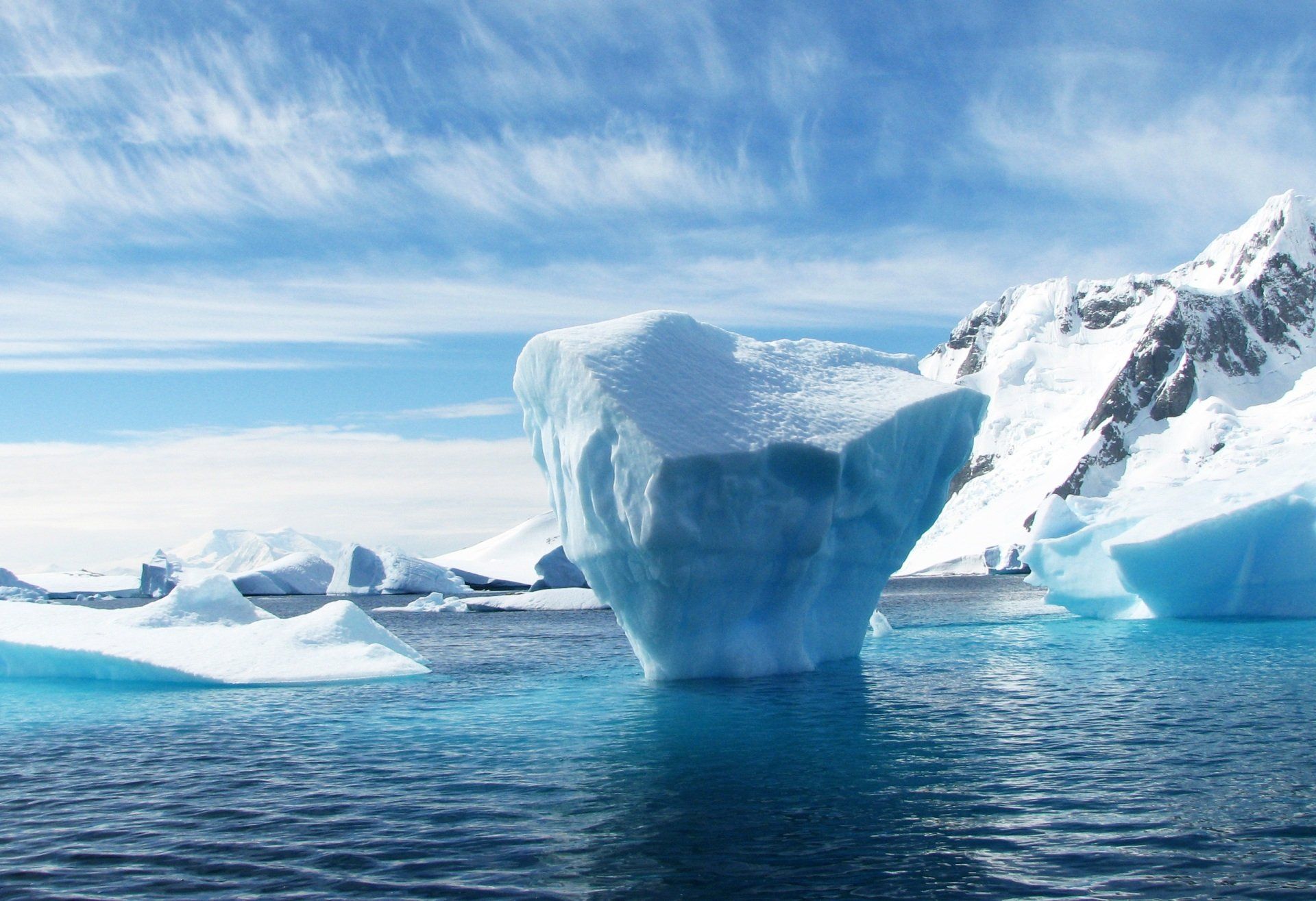
It’s not just it’s weightiness that matters though, the Moon is like a big reflective mirror to the sun, providing the Earth with an opalescent glow on a clear night. Moonlight is vital to the behaviours of countless species across our planet: from dung beetles, who rely on the polarisation patterns specific to moonlight in order to navigate and orientate themselves, to certain bird species who synchronise their migration patterns by the moon’s size and day length, to the mass spawning of our coral reefs, which are triggered in part by the Moon’s waning.
But what happens then when a species comes along with the power to light up the darkness, and radically disrupt predictable cycles of day and night? We can witness first-hand the impact of artificial light on nocturnal behaviours – it might seem annoying when a party of insects are drawn through your open window on a hot evening, or a bird flies into your French doors, but these are indications of how our world impinges upon theirs. Growing light pollution around the world blocks out the polarised light of the moon that many species depend upon, making it increasingly difficult for them to maintain their regular behaviours.
So while the light of a full moon might not make you start sprouting fur and talons, we’re only just beginning to grasp the full breadth of its influence on our planet. What happens when our actions as a species begin to collide with the forces at work between our planet and the Moon, we can only guess at. But if increasingly dramatic tides and species decline don’t terrify you more than an imaginary werewolf you might want to rethink your priorities.
References and further reading:
- BBC Future, 'The subtle influence of the Moon on Earth's weather'
- Natural History Museum, 'The Moon'
- Natural History Museum, 'How does the Moon affect life on Earth?'
- Institute of Physics, 'How does the Moon affect the Earth'
- International Dark Sky Association ‘Light pollution effects on wildlife and ecosystems’
Share the love




